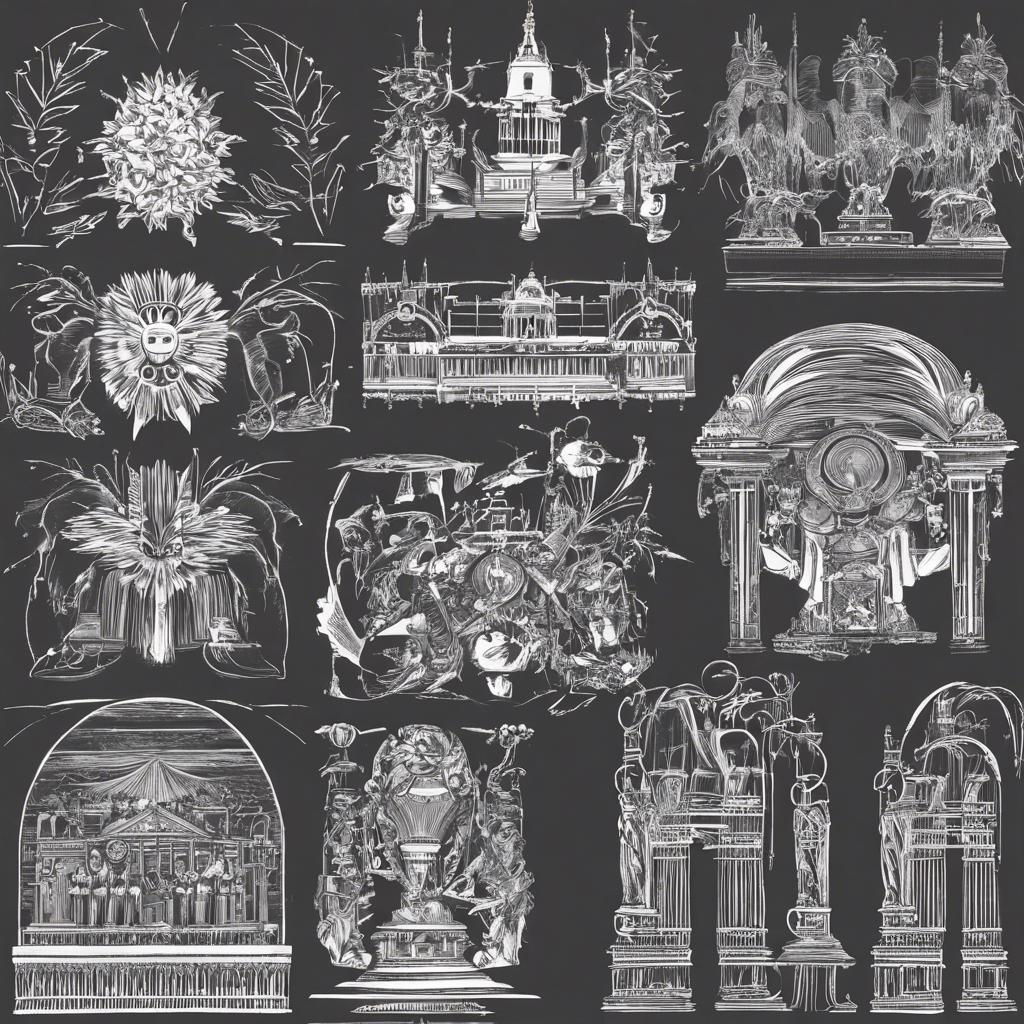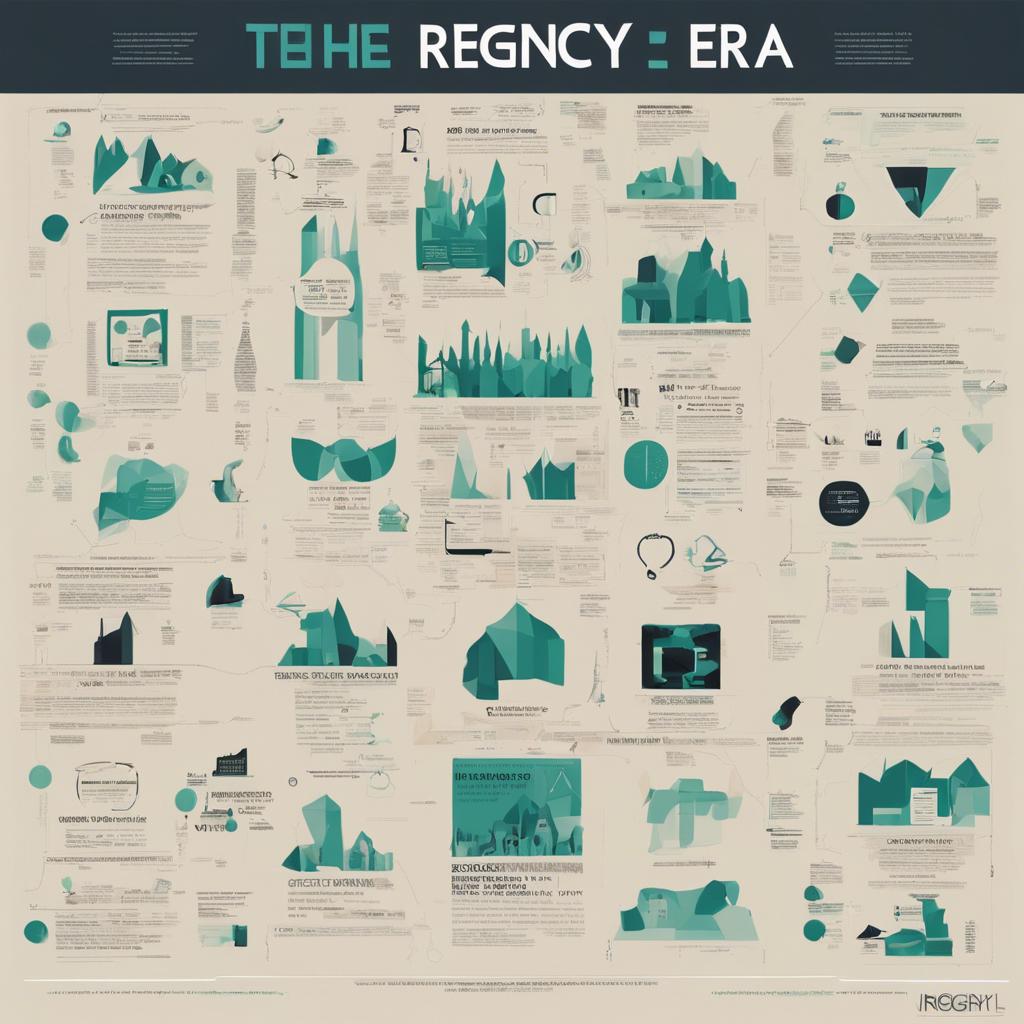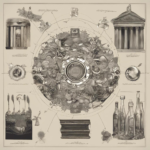During the Regency era in England, insults were a refined art form, carefully crafted to wound with precision while maintaining an air of sophistication. In a society governed by etiquette and social hierarchies, insults were often veiled in clever wordplay and subtle nuances. In this article, we will delve into the world of Regency era insults, exploring the language and cultural context behind these cutting remarks that were wielded like delicate weapons in the battle of wit and social status. Join us as we journey back in time to uncover the secrets behind the art of insult during one of England’s most elegant and refined periods.
Step Into the World of Cheryl Bolen
Dive into the enchanting stories of love, intrigue, and elegance set in the Regency Era. Cheryl Bolen's novels offer timeless romance and captivating tales that will leave you wanting more.
Explore Cheryl Bolen's Books Now
Headings:
In the Regency era, insults were an art form. People were masters of subtle jabs and cutting remarks that could leave their target reeling. Here are some of the most scathing insults from the time:
- “Your manners are as insufferable as your face.”
- “I would challenge you to a battle of wits, but I see you are unarmed.”
- “You are the very epitome of dullness, a walking bore.”
These insults were often delivered with impeccable poise and grace, making them all the more devastating. The Regency era was a time when wit and intelligence were highly valued, and those who failed to measure up were not spared the sharp tongues of their peers.
| Insult | Recipient |
|---|---|
| “Your company is as welcome as a skunk at a garden party.” | Lady Margaret |
| “You are a ridiculous fop, all style and no substance.” | Sir Reginald |
Characteristics of Regency Era Insults
The Regency Era was known for its elaborate and clever insults that were used by the upper class to assert dominance and intelligence. These insults were often delivered with wit and sophistication, making them stand out in history as a unique form of verbal sparring.
One characteristic of Regency Era insults was their use of subtle language and innuendos to convey a cutting remark. Rather than resorting to crass or vulgar language, individuals in this era relied on clever wordplay and double entendres to insult their peers. This style of insult required a quick wit and a deep understanding of language to fully appreciate.
Additionally, Regency Era insults often targeted a person’s social standing, intelligence, or character flaws. By using these specific areas of critique, individuals in the Regency Era were able to deliver insults that hit close to home and left a lasting impact on their target. These insults were carefully crafted to undermine the reputation and credibility of their recipient, making them a powerful tool in social interactions.
A Closer Look at Popular Insults in Regency England
In Regency England, insults were often used to criticize someone’s character or behavior. These insults were crafted with creativity and wit, making them both cutting and humorous. Let’s take a closer look at some popular insults from the Regency era:
1. “Dunderpate”: This insult was used to describe someone as foolish or stupid. It was often hurled at individuals who were not very bright or who made silly mistakes.
2. “Fopdoodle”: A fopdoodle was a man who was excessively concerned with his appearance and fashion. This insult implied that the person was not only vain but also lacking in substance or intelligence.
Strategies for Using Regency Era Insults in Historical Fiction Writing
When it comes to crafting authentic historical fiction set in the Regency era, mastering the art of insults is essential. Insults in this period were both elaborate and cutting, reflecting the social norms and behaviors of the time. Here are some strategies for incorporating Regency era insults into your writing:
Research Authentic Insults: Dive into historical sources such as letters, novels, and newspapers from the Regency era to uncover a wealth of colorful insults used during that time. Incorporate these insults into your dialogue to add a touch of authenticity to your characters.
Create Dynamic Characters: Use insults as a tool to reveal the true nature of your characters. Develop personalities that shine through their choice of insults, whether they are witty and sharp-tongued or haughty and disdainful.
Set the Social Scene: Consider the social hierarchy and norms of the Regency era when crafting insults. Use insults to showcase power dynamics, social climbing, and rivalries among characters in your historical fiction. This attention to detail will transport readers to the world of Regency England.
Exploring the Impact of Regency Era Insults on Social Dynamics
In the Regency Era, insults played a crucial role in shaping social dynamics and relationships among the upper class. These verbal barbs were often delivered with wit and sophistication, adding a layer of complexity to interactions within elite circles. Insults were not merely meant to offend, but to establish status, assert dominance, or express disapproval in a subtle yet powerful manner.
Impact on Social Hierarchies:
- Insults were used strategically to maintain or challenge social hierarchies within high society.
- Those who possessed a sharp tongue and quick wit could navigate social situations with finesse, earning respect and admiration from their peers.
- Conversely, individuals who were unable to defend themselves against verbal jabs risked losing status and influence in the tightly knit Regency social circles.
Etiquette and Insults:
- Despite the cutting nature of Regency insults, there was a certain level of decorum that had to be maintained.
- Insults were often delivered with a veneer of politeness, making them all the more devastating to the recipient.
- Mastering the art of insults required a keen understanding of social norms and a sharp intellect, showcasing one’s superiority in both wit and refinement.
| Key Takeaway: | Regency era insults were not merely crude remarks, but sophisticated tools used to navigate the intricate web of social dynamics in high society. |
|---|
To Wrap It Up
the Regency Era was a time of sophistication and elegance, yet beneath the surface, there existed a world of clever insults and cutting remarks. From backhanded compliments to pointed jabs, the art of insult during this period was truly an art form. By understanding and exploring these historical insults, we can gain valuable insight into the culture and society of the time. While the language may have evolved since then, the power of a well-crafted insult is timeless. So next time you find yourself in need of a quick-witted retort, consider taking inspiration from the Regency Era and let your words cut as sharp as a well-honed blade.


